The world of parasites is a hidden realm of bizarre creatures that thrive by exploiting other organisms, including humans. These unwelcome guests can range from microscopic organisms to worms several feet long. While the thought of harboring parasites might make your skin crawl, it’s more common than you might think. Many people carry parasites without even knowing it.
Now, I’m not easily grossed out. I used to work in a healthcare setting, so not much shocks me, but when my poor rescue pup threw up live worms on my bed her first night home, that was a hard “nope”! The poor little love had a belly full of parasites that could’ve easily passed to her human family. Needless to say, she received prompt treatment and is now a wonderfully spoiled whippet princess who wants for nothing and still sleeps in my bed. And nobody picked up any parasites from her. But you can see just how easy it is for a human to pick up a parasite.
Giardia
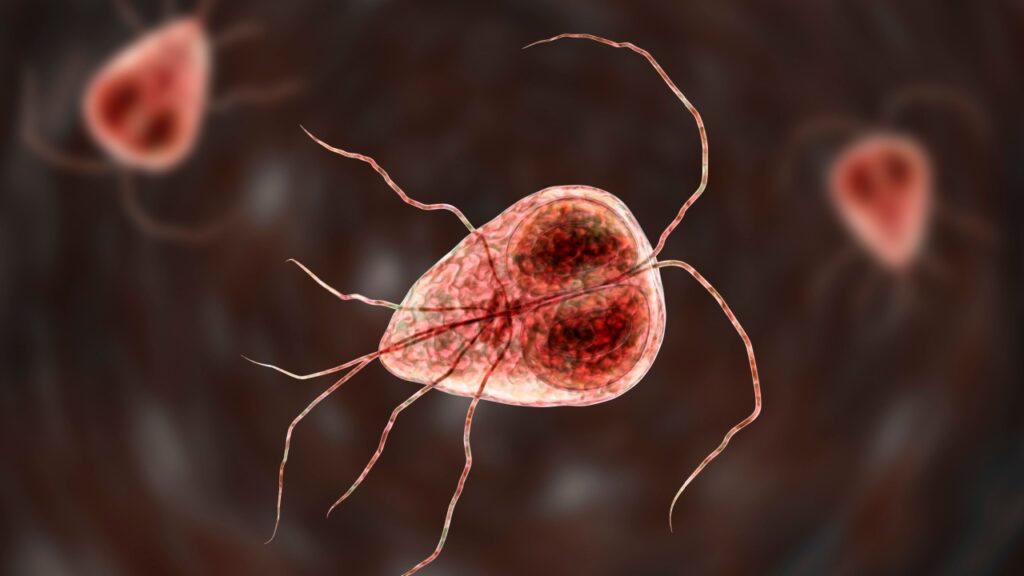
Giardia is a microscopic parasite that causes an illness called giardiasis. It lives in the intestines and is often picked up by drinking contaminated water. This tiny troublemaker can cause diarrhea, gas, and stomach cramps. Giardia is so common that it’s sometimes called “beaver fever” because these animals often spread it in wilderness areas. My dogs both picked up giardia at once and it was brutal. Those poor puppers felt awful for a full week. Thankfully, it cleared up with a natural treatment protocol and I was super-careful with washing their bottoms and bedding, so none of the humans picked it up.
Tapeworms
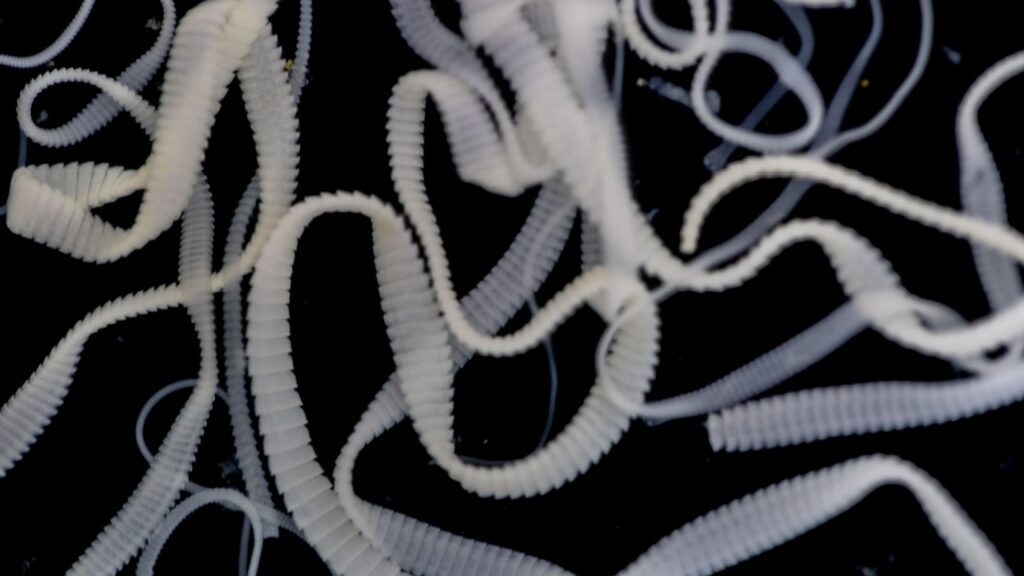
Tapeworms are long, flat worms that can grow up to 30 feet inside your intestines. You can get them from eating undercooked meat, especially pork or beef. These parasites attach to your intestine wall and absorb nutrients from your food. While many people with tapeworms have no symptoms, some might experience weight loss, stomach pain, or bits of the worm in their poop.
Brain-Eating Amoeba
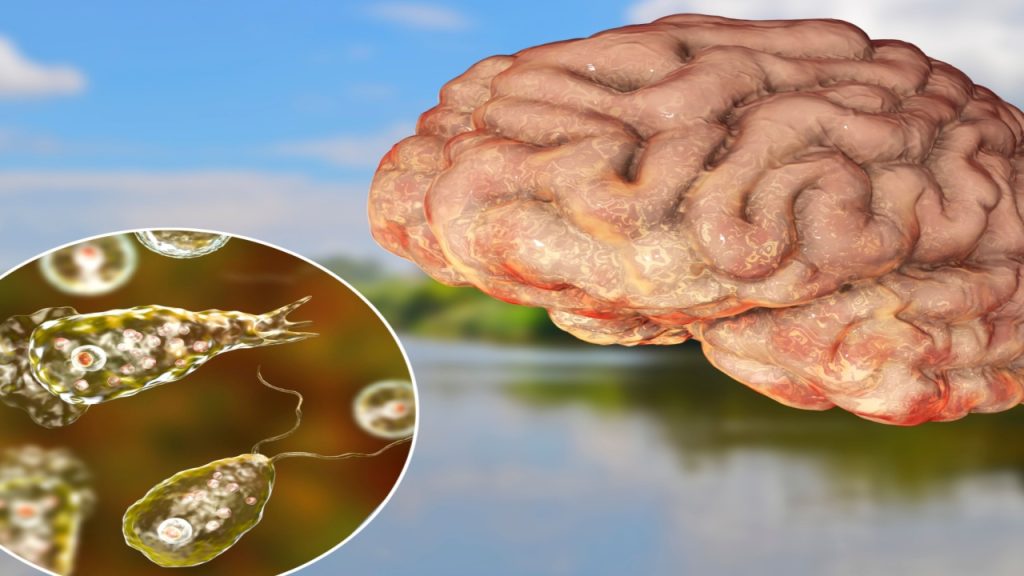
Naegleria fowleri, commonly known as the brain-eating amoeba, is a rare but terrifying parasite. It enters through the nose when people swim in warm, fresh water. This amoeba travels to the brain, where it causes a fatal infection called primary amebic meningoencephalitis. While infections are extremely rare, they’re almost always deadly.
Toxoplasma Gondii

This parasite infects up to a third of the world’s population. Many people get it from cats or eating undercooked meat. While it often causes no symptoms in healthy adults, it can be dangerous for pregnant women and people with weak immune systems. Some studies suggest it might even affect human behavior, making infected people more risk-taking.
Pinworms
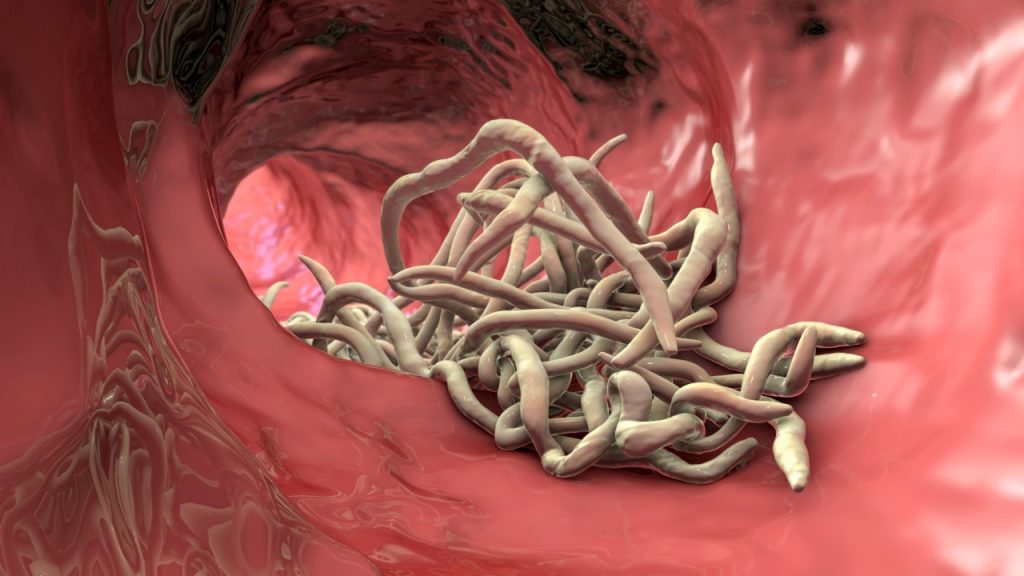
Pinworms are tiny worms that live in the colon and rectum. They’re especially common in children and can spread easily in families or schools. The female worms crawl out of the anus at night to lay eggs, causing intense itching. While not usually dangerous, pinworms can be uncomfortable and embarrassing.
Hookworms

Hookworms are intestinal parasites that literally hook onto your intestine wall and feed on your blood. You can get them by walking barefoot on contaminated soil. These bloodsuckers can cause anemia and malnutrition. In severe cases, they might even cause heart failure.
Liver Flukes
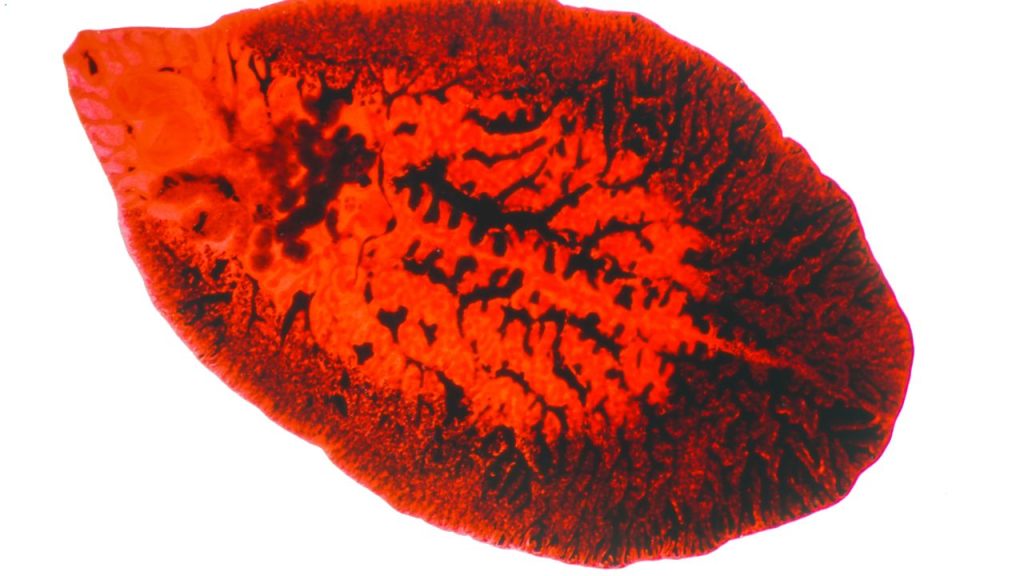
Liver flukes are flatworms that, as their name suggests, infect the liver. People usually get them from eating raw or undercooked freshwater fish. These parasites can cause fever, chills, and abdominal pain. If left untreated, they can lead to severe liver damage and even cancer.
Trichinella
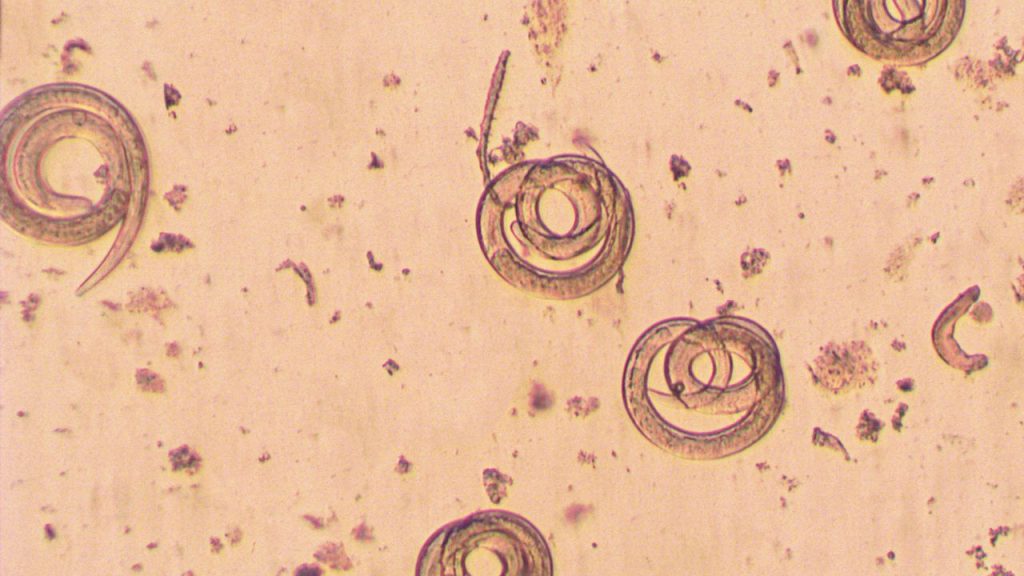
Trichinella worms cause trichinosis, an infection you can get from eating undercooked pork or wild game. The larvae of these worms burrow into your muscles, causing pain and swelling. In severe cases, they can affect the heart or brain, leading to serious complications.
Ascaris Lumbricoides
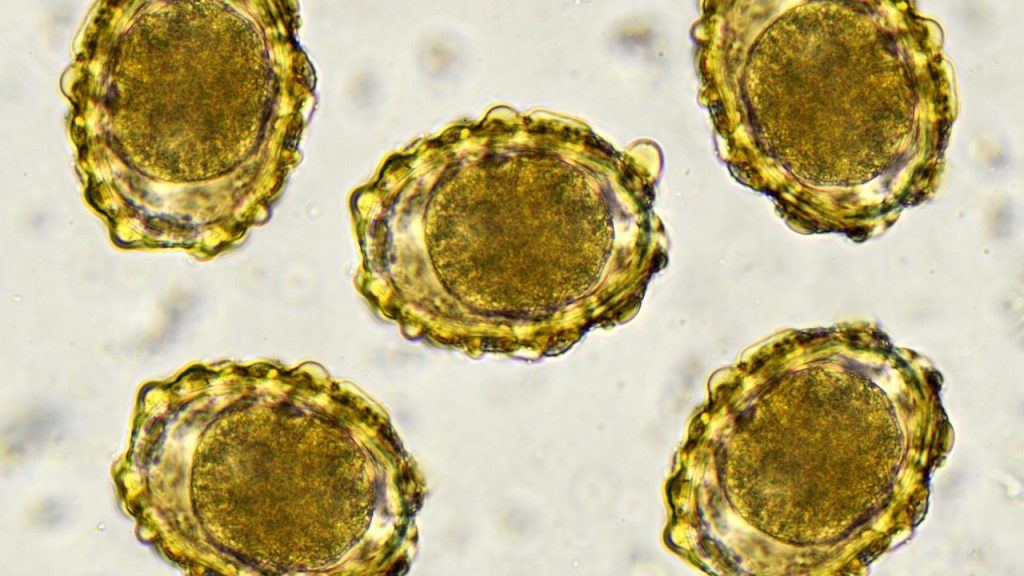
Ascaris is the largest roundworm that can infect your intestines. These worms can grow up to 14 inches long. You can get them from eating food contaminated with Ascaris eggs. While many infections cause no symptoms, heavy infections can lead to malnutrition and intestinal blockages.
Schistosomes
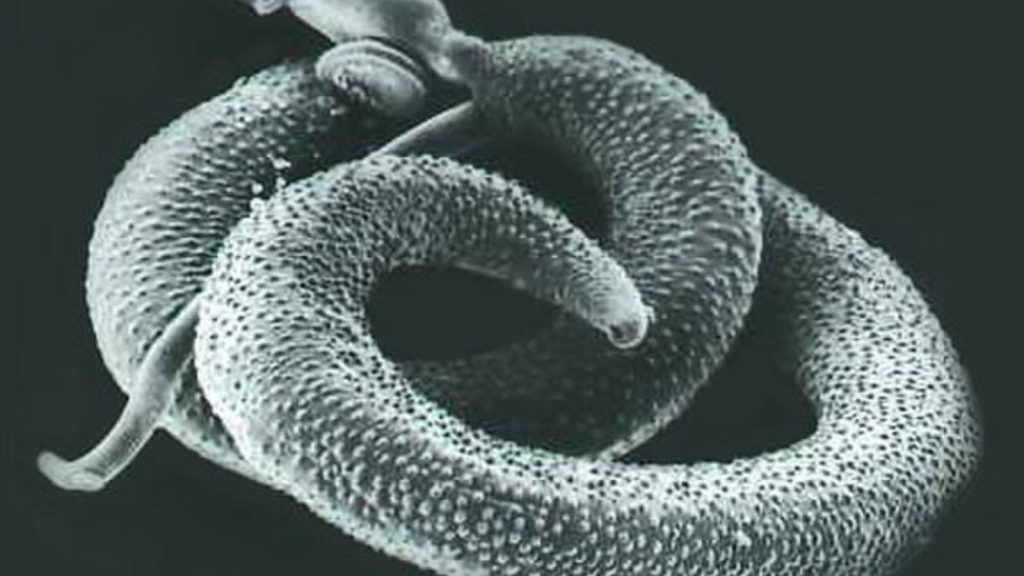
Schistosomes, or blood flukes, are parasites that live in certain types of freshwater snails. They can burrow through your skin if you swim or wade in contaminated water. These worms then travel to various organs, particularly the liver and intestines, where they lay eggs and cause inflammation.
Cryptosporidium
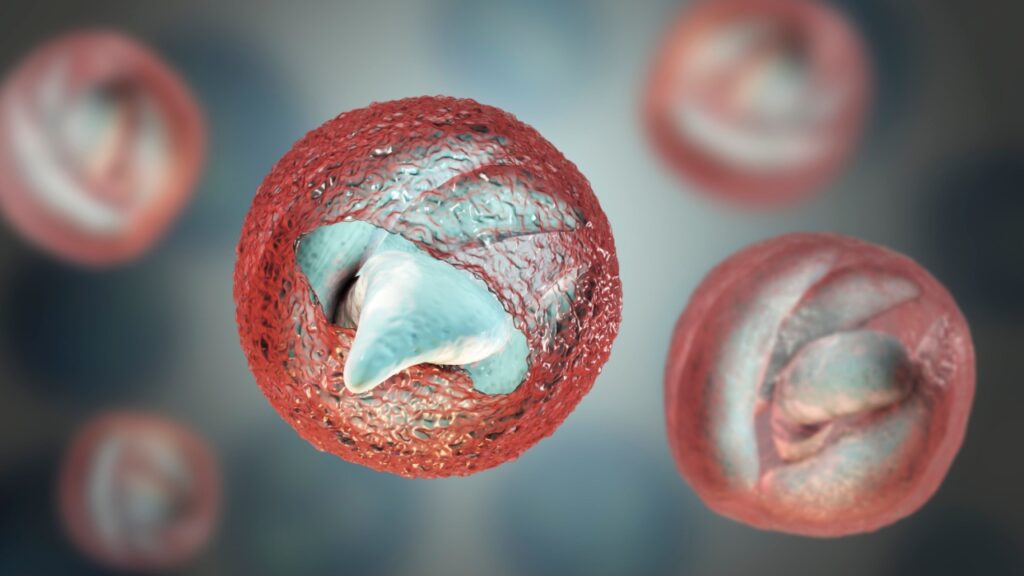
Often called “Crypto,” this microscopic parasite causes diarrheal disease. It’s protected by an outer shell that allows it to survive outside the body for long periods. Crypto is often spread through contaminated water, including swimming pools. It can cause watery diarrhea, stomach cramps, and dehydration.
Strongyloides
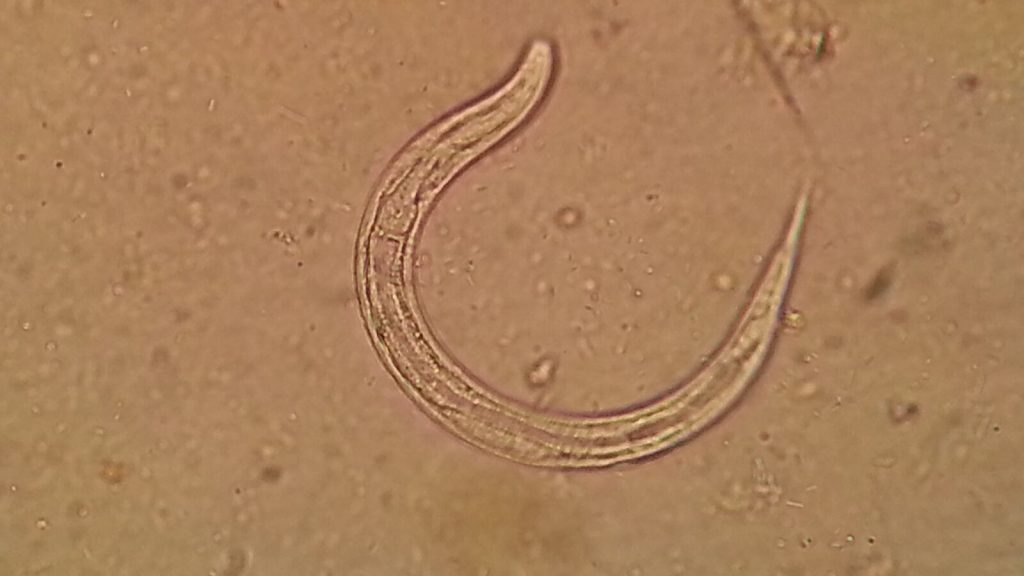
Strongyloides are tiny worms that can penetrate your skin and travel to your lungs and intestines. They’re often found in warm, moist areas and can enter through bare feet. These worms can multiply inside your body, leading to a long-lasting infection that can be dangerous for people with weak immune systems.
Filarial Worms
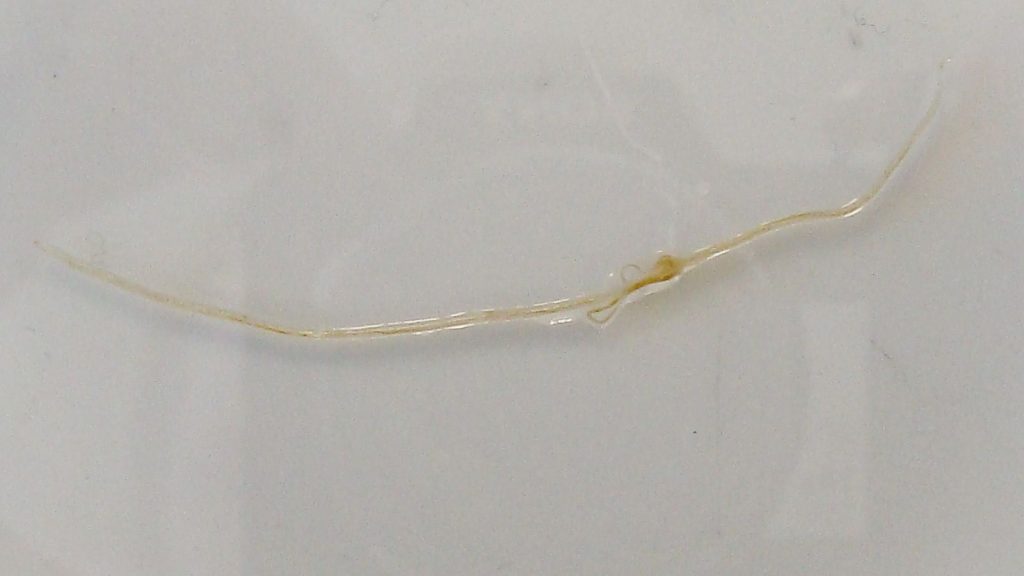
Filarial worms are spread by mosquito bites and can cause a disease called lymphatic filariasis. These worms live in the lymphatic system, causing swelling in the legs, arms, and genitals. In severe cases, this can lead to a condition called elephantiasis, where body parts swell to enormous sizes.
Entamoeba Histolytica
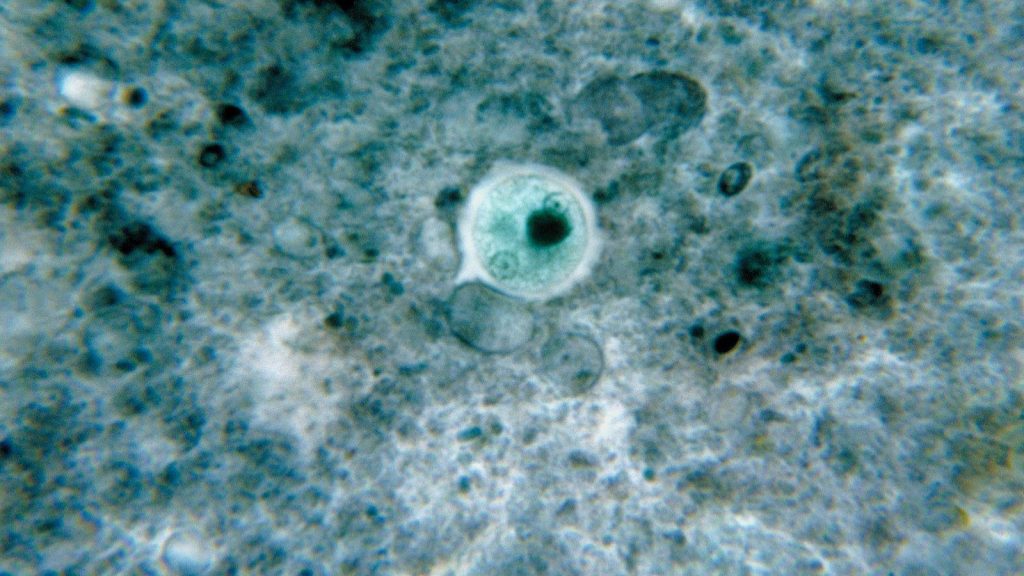
This amoeba causes amoebiasis, an intestinal infection that leads to diarrhea, stomach pain, and bloody stools. You can get it from contaminated food or water. In some cases, this parasite can spread to other organs like the liver, forming painful abscesses.
Babesia
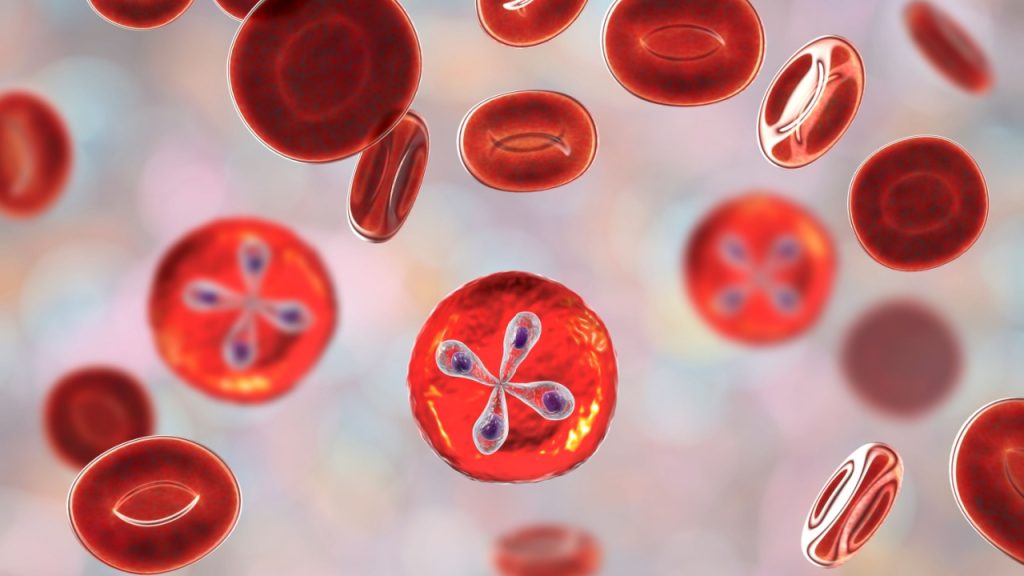
Babesia are tiny parasites that infect red blood cells, similar to the malaria parasite. They’re usually spread by tick bites. Many people with Babesia don’t have symptoms, but it can cause a flu-like illness. In severe cases, especially in people with weak immune systems, it can be life-threatening.



